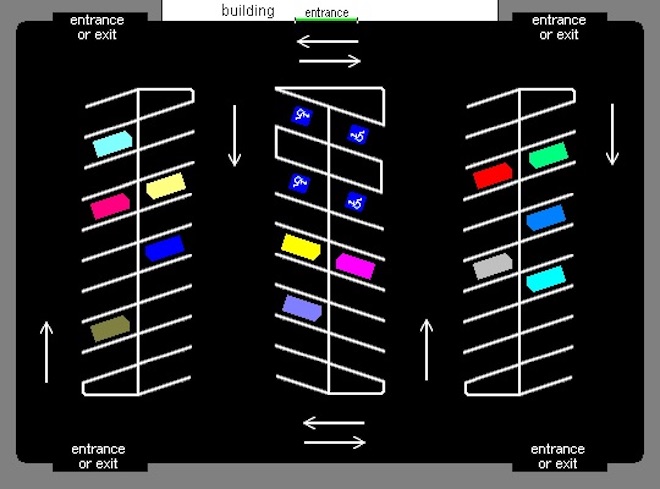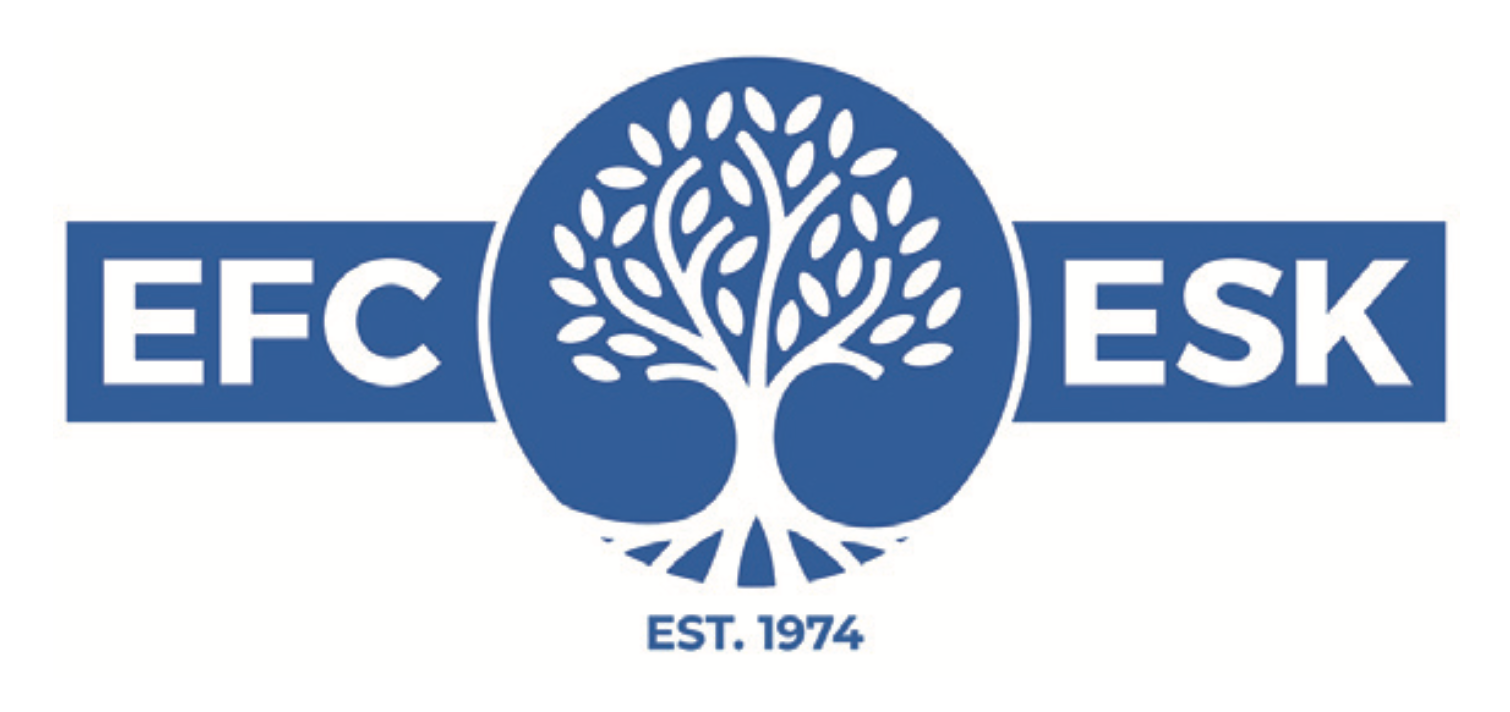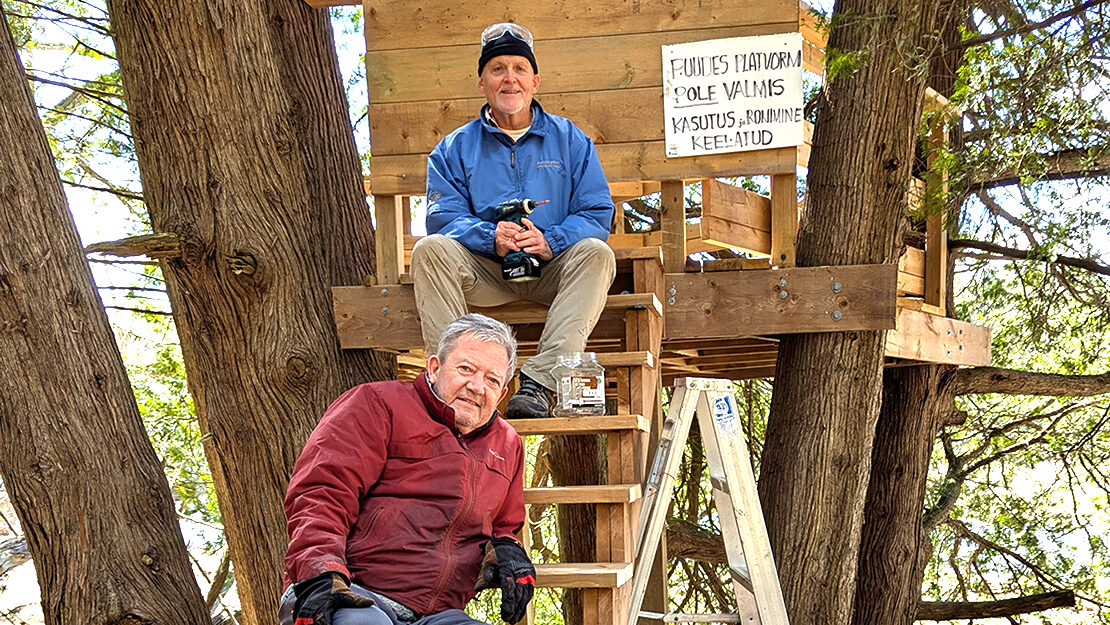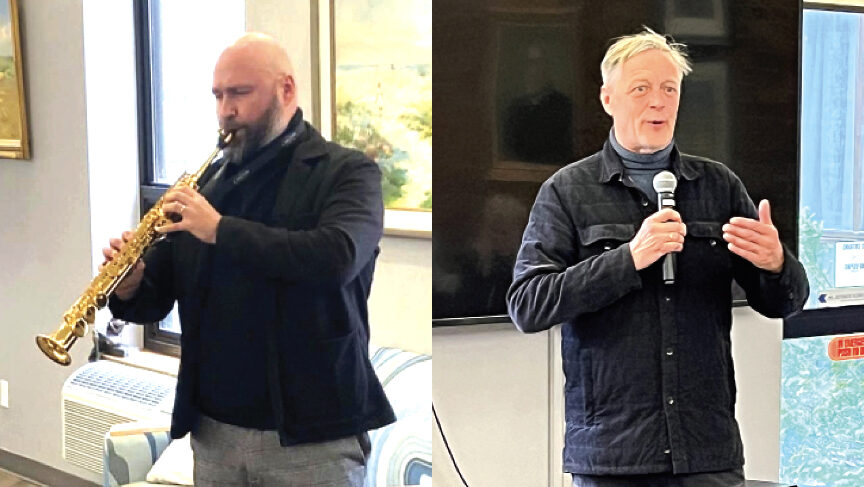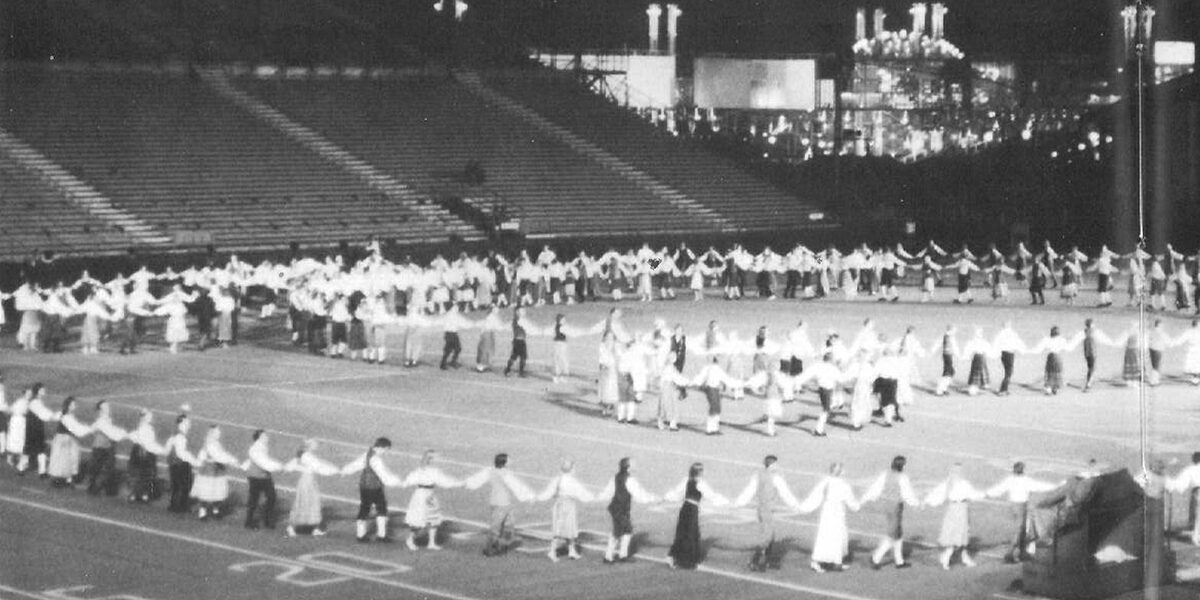One was conducted by LMM Engineering (https://www.eesti.ca/pdf/2019/LMMParkingStudy.pdf). Its most glaring flaw is its observation that only a maximum of 12 parking spaces are utilized on Tuesday evenings at the Estonian House. As any casual user of the Estonian House knows, its parking lot is routinely overflowing on weeknights. The observations of parking around Madison Ave also contradict everyday experience. For example, they claim that for the 12 street parking spots on Bloor Street between Spadina and St George, only a maximum of 4 were observed to be occupied on a weekday. Does this seem realistic? The utilization rate for the Spadina Rd. parking lot is more realistic but no mention is made that it will be redeveloped soon.
The LMM study claims that, “the transit services at the subject site are much more frequent and connected than the transit services at the site of the existing Estonian House.” This is misleading. For instance, there are four bus routes running past the Estonian House to the Broadview subway station. Additionally, the King Street streetcar terminates at Broadview station. At the Madison Ave site, there is only one bus and one streetcar service. With regard to night service, both subway stations are serviced by the Bloor night bus. However, the Broadview subway station is also serviced by two other night buses.
An obvious drawback of the Estonian House is its greater distance from the subway (550m) versus the Madison Ave center (200m). However, the proponents of the Madison Ave center cannot claim that the Broadview subway is ‘too far to walk’ if they are expressly contemplating parking lots as far away as 519 m from the Madison Ave Center (as is done in the LEA study). An additional factor is that you must walk another 100-200m inside the Spadina station
to access Line 1.
For the LMM study to draw a valid conclusion regarding public transit, it should have analyzed the public transit options at the current Estonian House also, instead of just assuming that they are worse. A fairer conclusion is that the subway is closer at the Madison Ave site but that there are more public transit options at the existing Estonian House.
LEA Consulting (https://www.eesti.ca/pdf/2019/LEAParkingStudy.pdf) conducted the other study. A flaw in this study was that Estonian House parking utilization rate was studied in the summer when most of the Estonian House’s activities are shut down. But even though they observed the Estonian House’s parking lot in July, they came up with much more realistic numbers for peak parking demand (19 on Saturday and 36 on Tuesday). How come there is such a big discrepancy in this regard between LEA and LMM? Especially when the larger parking utilization rates were observed in a period of low demand and the lower rates were observed in a period of high demand.
On the positive side, the occupancy numbers reported by LEA for the parking spaces around the Madison Ave site seem more realistic. However, there is an important caveat. These parking spots are all near the University of Toronto, which was in summer school mode at the time of the study. As a result, the real parking demand around the Madison Ave site has been understated.
Both studies have a number of shortcomings in common. Both failed to describe the cost of the parking spots around the Madison Ave site or any time limitations that they may have. Is a parking spot limited to one hour and is parking after midnight or in rush hour permitted? This makes a big difference in a spot’s usability. As well, both completely failed to consider traffic congestion in the downtown core that users of the Madison Ave site would face. Also, the way parking utilization rates were measured by both studies at the Estonian House is suspect. They should have listed what activities were taking place when they observed the parking lot. This might have explained the strange numbers reported.
In summary, both parking studies have a significant number of methodological flaws, both ignore important factors that Estonian House users need to in order to rate the new site’s accessibility, and both report unrepresentative parking utilization rates at the Estonian House. As a result, a more comprehensive and fair parking study is urgently needed before more money is spent.
Markus Alliksaar, Toronto
